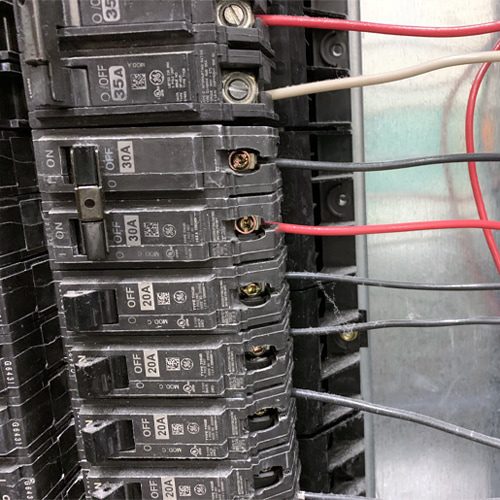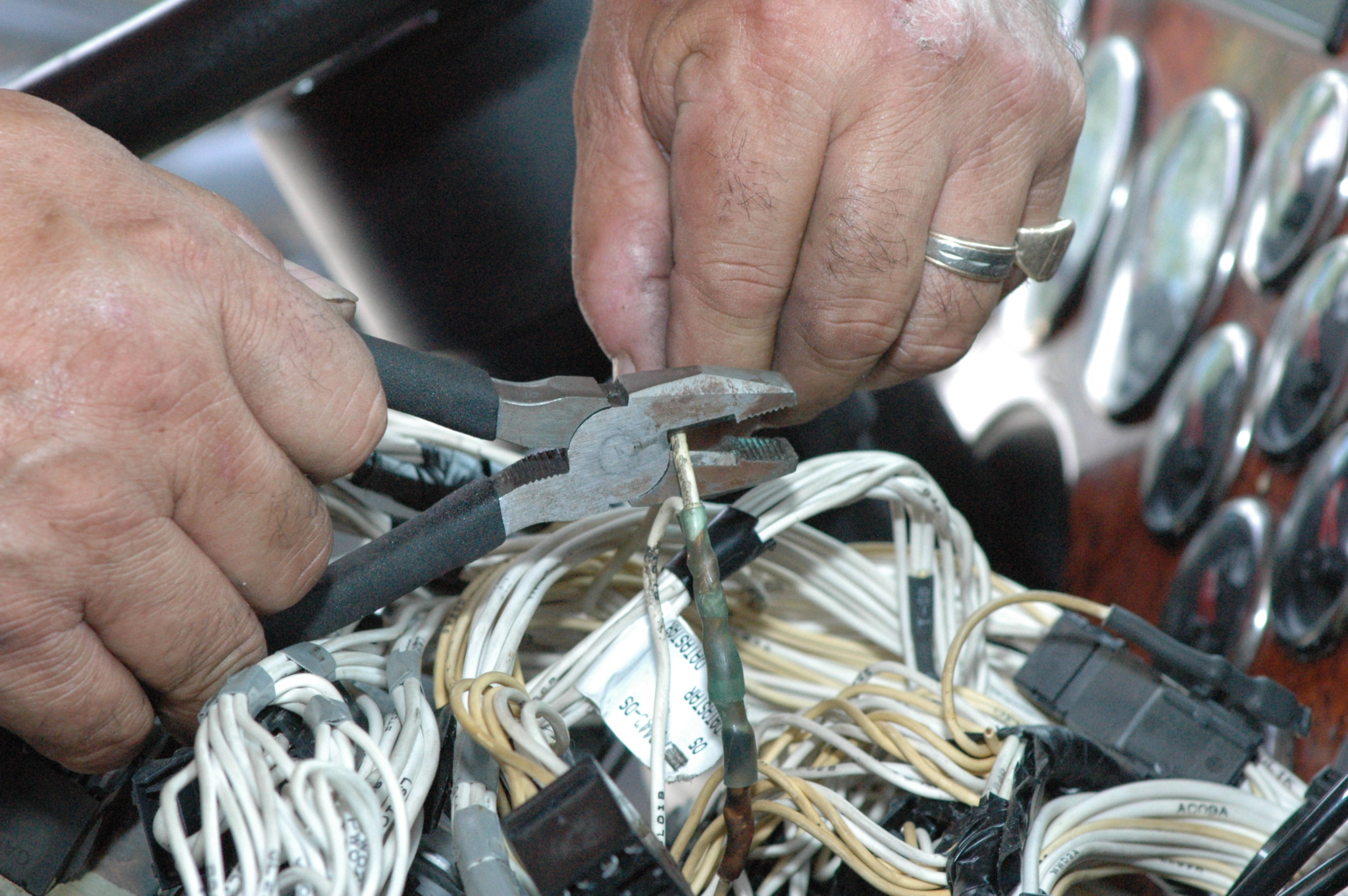Efficient electrical system troubleshooting solutions for optimal performance.
Efficient electrical system troubleshooting solutions for optimal performance.
Blog Article
Leading Tips for Effective Electrical System Troubleshooting
Fixing electric systems needs a systematic strategy, based in a comprehensive understanding of electrical principles and security procedures. The subtleties of efficient fixing extend past simple technological expertise; comprehending exactly how to document searchings for and prioritize safety can significantly influence outcomes.
Understand the Basics
Understanding the essentials of electrical systems is necessary for reliable troubleshooting, as a strong foundation enables service technicians to identify and deal with problems much more efficiently. A comprehensive grasp of electric concepts, such as voltage, existing, resistance, and power, is critical in recognizing the origin triggers of problems. Voltage is the electric prospective difference that drives existing through a circuit, while resistance opposes the circulation of present, impacting the overall performance of the system.
Knowledge with circuit elements, including resistors, capacitors, diodes, and switches, is likewise extremely important. Each component plays a distinct role in circuit behavior and can influence performance when malfunctioning. In addition, understanding collection and parallel circuit configurations is essential, as these arrangements influence the circulation of voltage and current within the system.
Professionals need to be mindful of possible hazards, such as shock and short circuits, to execute risk-free troubleshooting techniques. By mastering these foundational concepts, specialists improve their capability to conduct effective diagnostics and repair work, eventually leading to enhanced performance and dependability of electrical systems (electrical system troubleshooting).
Gather Necessary Equipment
Efficient troubleshooting of electric systems calls for the appropriate set of tools to identify and deal with issues properly. Crucial devices include a multimeter, which determines voltage, present, and resistance, allowing for exact assessments of electrical parts.
Furthermore, shielded hand tools such as screwdrivers, pliers, and wire pole dancers are essential for securely controling electrical links. It is also a good idea to have a circuit tester available to verify the existence of voltage in electrical outlets and cables. For even more complicated systems, a thermal imaging electronic camera can aid identify overheating parts, indicating prospective failings.

Adhere To a Systematic Method
Having actually collected the ideal devices, the following action in repairing electric systems is to adhere to a methodical approach. A systematic strategy ensures that specialists can identify mistakes efficiently and properly, minimizing downtime and stopping unneeded repair services.
Begin by evaluating the system's schematic diagrams and specs. Comprehending the design and functional specifications will provide context for detecting issues. Next off, separate the problem location by using a process of elimination. This includes checking each part methodically, beginning with the power resource and working in the direction of the tons.
Make use of screening tools, such as multimeters and oscilloscopes, to collect unbiased information regarding voltage, current, and resistance at different factors within the system. This empirical proof will certainly lead your troubleshooting efforts and aid to confirm or get rid of potential reasons of failing.
Furthermore, take into consideration environmental elements that may affect the system's performance, have a peek at this website such as temperature level changes or dampness access. A comprehensive examination of electrical wiring, connections, and parts will certainly ensure that all possibilities are accounted for.
File Your Findings
Complete paperwork is crucial in the troubleshooting process of electrical systems. This learn the facts here now method not just aids in comprehending the origin reason of the trouble yet also serves as a recommendation for future troubleshooting initiatives.

In addition, preserving a log of parts replaced or repairs executed is important. This details supports supply administration and can help assess the long life and dependability of certain components.
Ultimately, the documentation procedure ought to be comprehensive yet succinct, allowing easy access and review - electrical system troubleshooting. By focusing on detailed resource documents, service technicians can create a beneficial understanding base that not just help in current troubleshooting however likewise encourages future maintenance initiatives, thus boosting general system integrity

Prioritize Precaution
Identifying the fundamental threats linked with electrical systems is critical for guaranteeing safety and security during troubleshooting. Electrical shock, burns, and tools damage are just a few of the prospective risks that professionals face. Prioritizing precaution is not only a legal commitment yet likewise an ethical imperative that safeguards both the specialist and the surrounding setting.
Before starting any troubleshooting job, specialists need to don ideal personal safety devices (PPE), including shielded gloves, shatterproof glass, and flame-resistant garments. Making certain that the work area is dry and without mess can dramatically lower the threat of crashes. Furthermore, it is vital to de-energize circuits before beginning any type of work, confirming that they are not live with making use of a multimeter or voltage tester.
Developing clear interaction procedures with group members is also important; this guarantees that everyone knows potential hazards and the status of the electrical system being worked with. Having an emergency feedback strategy in location can prove invaluable in the occasion of an occurrence. By prioritizing precaution, professionals can effectively mitigate threats and promote a much safer office.
Conclusion
Efficient electric system troubleshooting depends on a thorough understanding of essential principles and a systematic approach. Focusing on safety and security steps makes certain the well-being of individuals entailed and the honesty of the electrical system.
Report this page